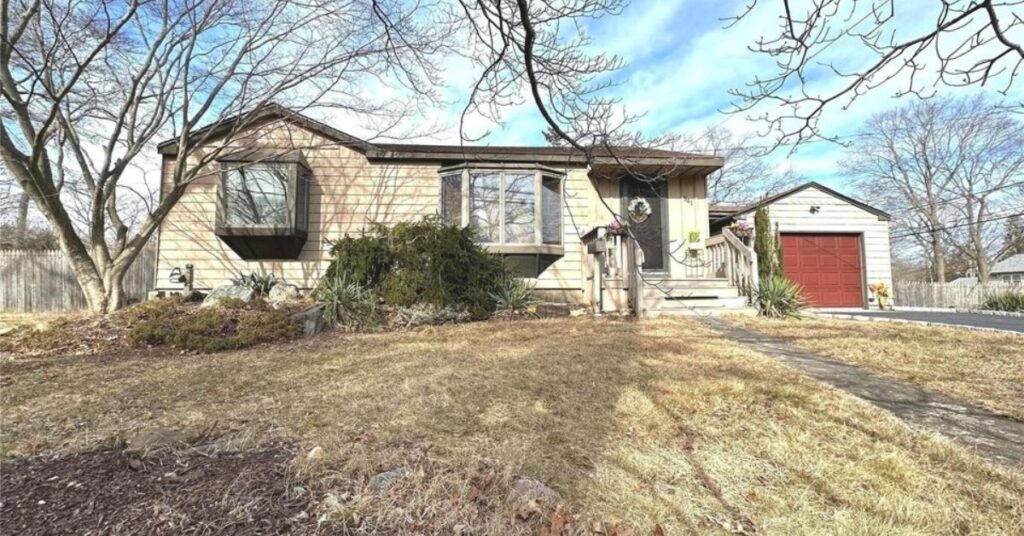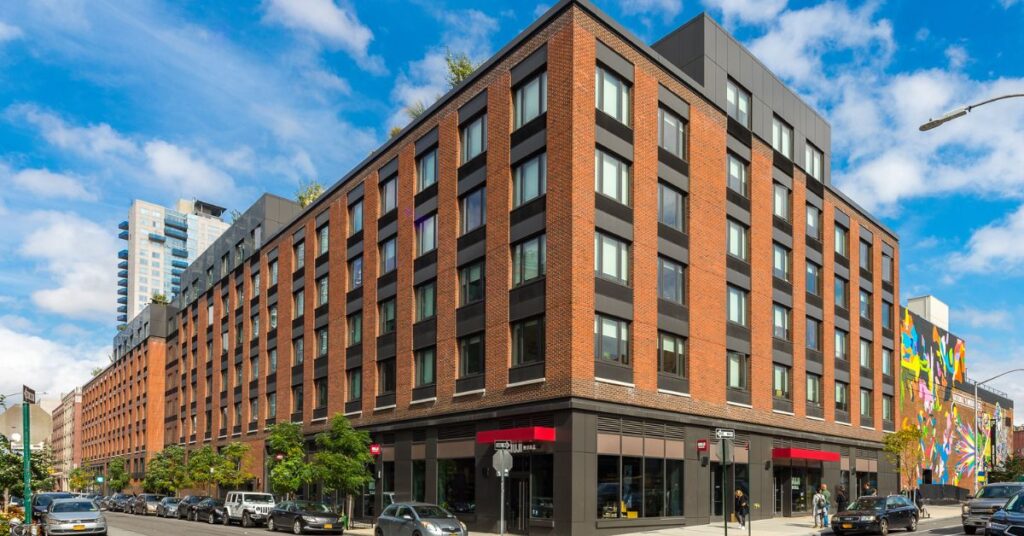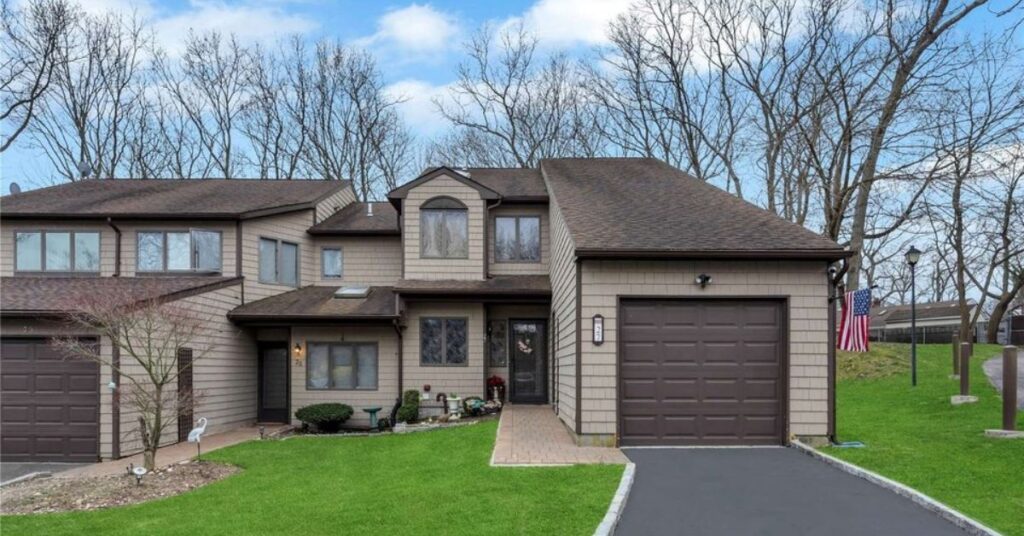Property history fascinates many. It tells stories of families and communities. The history of 239 North 5th Street in Ronkonkoma, NY, is no exception. This article delves into its past. We’ll explore its ownership timeline. We’ll also look at the significance of the name “Massa“.
Ronkonkoma is a hamlet in Suffolk County, New York. It’s known for its beautiful lake. The area has a rich history dating back to Native American times. Over the years, it has transformed from a rural retreat to a suburban community. This transformation reflects in its properties, including 239 North 5th Street.
The Early Years of Ronkonkoma
Ronkonkoma’s history is fascinating. Native Americans first inhabited the area. They called the lake “Raconkamuck“. This meant “the boundary fishing place”. European settlers arrived in the 17th century. They began to develop the land.
In the late 19th century, Ronkonkoma became a popular resort destination. City dwellers sought escape from urban life. They were drawn to Lake Ronkonkoma’s beauty. This influx spurred development. Many summer homes were built during this period.
| Research Method | Sources | Key Information | Considerations |
|---|---|---|---|
| County Records | Suffolk County Clerk’s Office | Deeds, property transfers | Provides official records, may require in-person visit |
| Online Resources | PropertyShark, Zillow | Recent sales history, property details | May not have complete historical data |
| Historical Archives | Local libraries, historical societies | Old maps, newspaper clippings | Can provide context beyond official records |
| Title Companies | Professional title search services | Comprehensive ownership history | May involve fees, but thorough and reliable |
| Local Knowledge | Long-time residents, community organizations | Anecdotal history, neighborhood changes | Can provide unique insights, but may not be verifiable |
| Architectural Assessment | Building permits, home inspection | Structural changes, additions | Can indicate different periods of ownership and investment |
| Tax Records | County tax assessor’s office | Past property values, tax history | Can show how the property’s value changed over time |
| Genealogical Research | Ancestry websites, census data | Information about past owners | Useful for understanding the “Massa” connection |
| Zoning Records | Local planning department | Land use changes, subdivisions | Can explain changes in property boundaries or use |
| Environmental Records | EPA, local environmental agencies | Land use history, potential contamination | Important for understanding any past industrial use |
The Birth of 239 North 5th Street
The exact construction date of 239 North 5th Street is unclear. However, we can make educated guesses. Many homes in this area were built post-World War II. This was a time of suburban expansion on Long Island.
The post-war period saw a housing boom. Returning veterans needed homes. The GI Bill made homeownership more accessible. Developers rushed to meet this demand. They built countless suburban homes. 239 North 5th Street likely emerged during this era.
The Massa Connection
The name “Massa” appears in connection with this property. This could mean several things:
- Massa might have been an early owner.
- It could be the name of the developer.
- Massa might be a family name associated with the area.
Without access to specific records, we can only speculate. The Massa name might hold clues to the property’s early years. It could be key to understanding its place in local history.
Massa and the Role of Property Ownership
The name “Massa” could refer to a past owner or developer of the property. It might hold clues to the early years of the house or its place in local history. Further research into local records could reveal the significance of the Massa name in relation to this property.
Read As:Find Rees Butcher Shop in Frostburg, MD: Map & Quality Meats
How to Research Property Ownership Yourself?
Begin with a visit to the Suffolk County Clerk’s Office to search for property deeds. Use online resources and historical archives at local libraries to gather additional information. Consider reaching out to local historical societies or long-time residents for insights into the property’s past.
Tracing Ownership Through the Years

Tracking a property’s ownership history requires detective work. Here’s how one might go about it:
- Visit the Suffolk County Clerk’s Office.
- Search for deeds related to 239 North 5th Street.
- Look for names and dates on these documents.
- Create a timeline of ownership changes.
This process can reveal fascinating details. It might show how long families lived in the home. It could reveal periods of rapid turnover. Each change in ownership tells a story.
The Impact of Economic Changes
Property ownership often reflects economic trends. The history of 239 North 5th Street likely mirrors these:
- The post-war boom might have led to its construction.
- The 1970s recession could have affected ownership.
- The housing bubble of the early 2000s might show in its value.
- The 2008 financial crisis may have impacted the property.
Each economic shift leaves its mark on property records. They can cause changes in ownership or value.
Architectural Evolution
Homes often change over time. 239 North 5th Street is probably no exception. Here are potential changes it might have undergone:
- Original construction in a post-war style
- Additions to accommodate growing families
- Modernization of kitchens and bathrooms
- Energy efficiency upgrades
- Landscaping changes
Each modification tells a story. It reflects the needs and tastes of its owners. It also shows broader trends in home design.
The Role of Zoning and Local Laws
Zoning laws shape neighborhoods. They affect individual properties too. Over the years, Ronkonkoma has likely seen zoning changes. These could have impacted 239 North 5th Street.
Some potential impacts include:
- Restrictions on property use
- Limits on building size or height
- Requirements for setbacks or lot sizes
- Historic preservation rules
Understanding these changes helps paint a fuller picture. It shows how the property fit into the evolving community.
Notable Events in Ronkonkoma’s History
Local events can impact individual properties. Some events that might have affected 239 North 5th Street include:
- The completion of the Long Island Expressway in 1972
- The establishment of the Ronkonkoma station on the Long Island Rail Road
- Development of nearby shopping centers
- Changes to Lake Ronkonkoma’s public access
These events could have changed the property’s value. They might have influenced ownership decisions.
Researching Property History: A Step-by-Step Guide
For those interested in diving deeper, here’s a guide:
- Start with the Suffolk County Clerk’s Office.
- Use online resources like PropertyShark or Zillow.
- Visit the local library for historical records.
- Reach out to the Ronkonkoma Historical Society.
- Talk to long-time residents of the area.
- Check old newspapers for property listings or news.
Each step can uncover new information. It’s like putting together a historical puzzle.
The Importance of Property History
Understanding a property’s history is valuable. It offers insights into:
- The home’s structural integrity
- Potential legal issues or easements
- The property’s role in the community
- Its potential historical significance
- Trends in local property values
This knowledge is crucial for potential buyers. It’s also fascinating for history enthusiasts.
Preserving Property History
Preserving property history is important. It maintains a link to the past. Here are ways to do this:
- Document any renovations or changes
- Keep a record of major events related to the property
- Preserve old photographs of the house
- Maintain any original features when possible
- Share the home’s history with future owners
These actions help keep the property’s story alive. They contribute to the broader narrative of Ronkonkoma.
The Future of 239 North 5th Street

While we can’t predict the future, we can imagine possibilities:
- The property might be renovated to meet modern standards.
- It could be designated as a historical site.
- The land might be redeveloped for other uses.
- It may continue to be a family home for generations to come.
Whatever happens, it will add to the rich history of this address.
Frequently Asked Questions
How can I find out who owns 239 North 5th Street now?
Current ownership information is public record. Check with the Suffolk County Clerk’s Office or use online property databases.
What does the name “Massa” have to do with this property?
Without specific records, it’s unclear. Massa could be a former owner, developer, or have another connection to the property.
How old is 239 North 5th Street?
The exact age is unknown. Many homes in this area were built after World War II, but specific records would need to be checked.
Can I visit 239 North 5th Street?
As a private residence, you can’t enter without permission. However, you can view it from the street.
Why is property history important?
Property history provides context for the home and area. It can reveal potential issues, historical significance, and community changes.
Conclusion
The history of 239 North 5th Street, Ronkonkoma, NY 11779 is a window into the past. It reflects the growth and changes of Ronkonkoma itself. From its likely post-war origins to today, the property has a story to tell. The Massa name adds an intriguing element to its history.
Researching property history is like being a detective. Each document and record offers clues. These pieces come together to form a narrative. This narrative goes beyond just one house. It tells the story of a community and its people.
Tech innovator and digital explorer Ellia leads TechSloby, bringing cutting-edge insights to fellow enthusiasts. With a passion for demystifying complex tech concepts, she bridges the gap between innovation and understanding.



